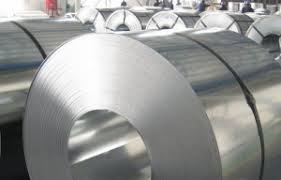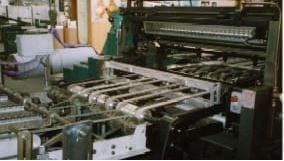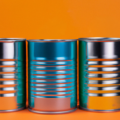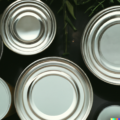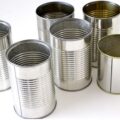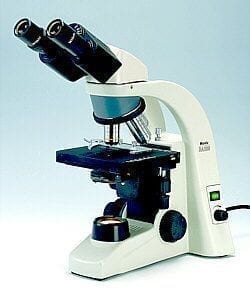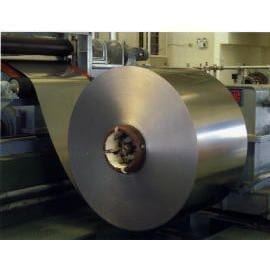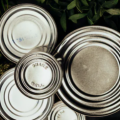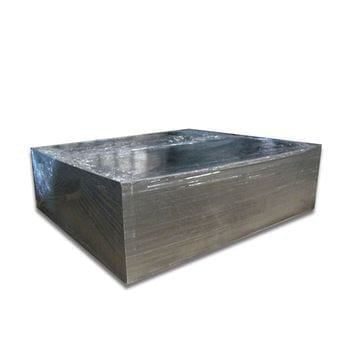Tinplate is a widely used material in the metal packaging industry. It is a thin steel sheet, coated with a layer of tin on both sides, which provides corrosion resistance and excellent solderability. Tinplate is known for its versatility, durability and recyclability, making it a popular choice for the manufacture of containers and packaging. Here is more information about tinplate and its applications in the metal packaging industry.
Tinplate applications: Tinplate is used in a wide variety of packaging, such as food cans, beverage cans (less and less common), aerosols, food and chemical containers, and packaging for industrial and consumer products. In addition, it is also used in the manufacture of covers and easy-open rings.
2. Properties of tinplate: Tinplate has a number of properties that make it ideal for use in metal containers. These include:
- Corrosion resistance: The tin coating protects the steel from oxidation and corrosion, ensuring the integrity of the container and the safety of the contents.
- Weldability: Tinplate can be easily welded, which allows the manufacture of hermetic and resistant containers.
- Malleability: Tinplate is easy to cut, stamp and form, which facilitates the manufacture of a wide variety of containers and packaging.
- Recyclability: Tinplate is 100% recyclable, making it a sustainable and environmentally friendly option.
3. Tinplate container manufacturing process: Tinplate container manufacturing involves several steps, including:
- Cutting and stamping: Tinplate is cut and stamped into specific shapes according to the package design.
- Forming and welding: Cut and stamped parts are formed and welded to create the basic structure of the package.
- Coating and varnishing: The containers are coated and varnished to protect them from corrosion and improve their appearance.
- Assembly: The different parts of the package, such as the lid and body, are assembled to create the final package.

